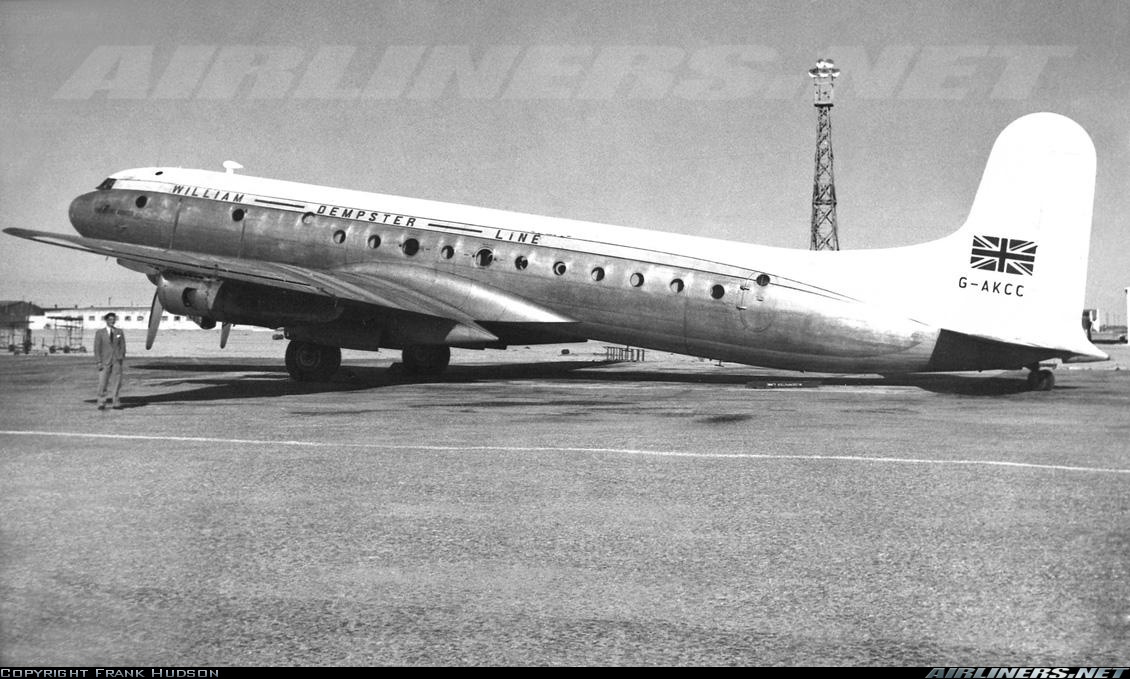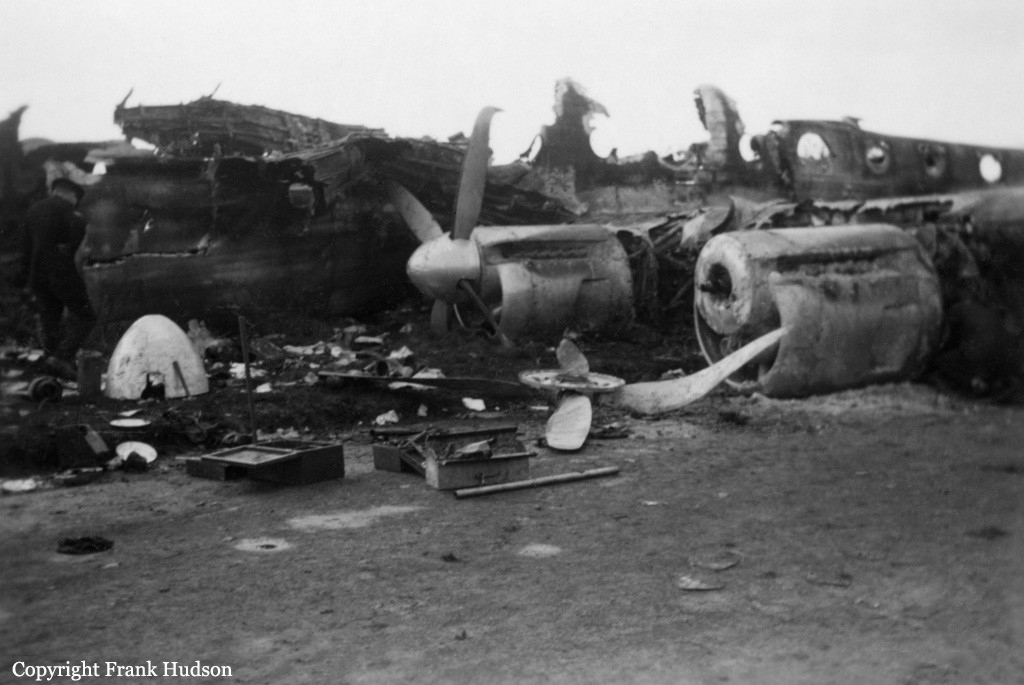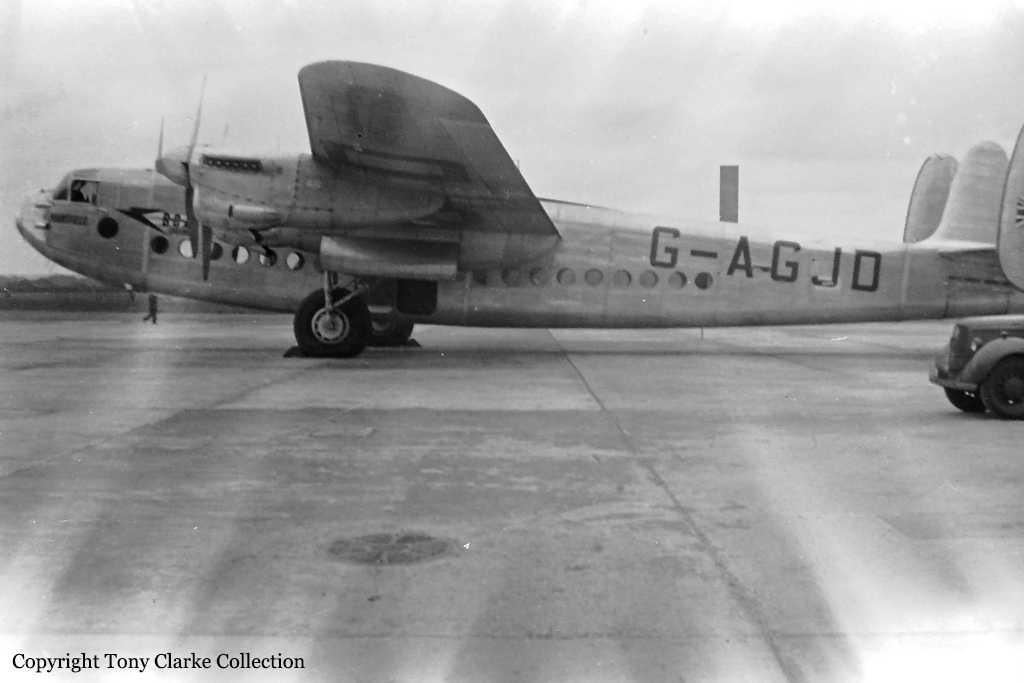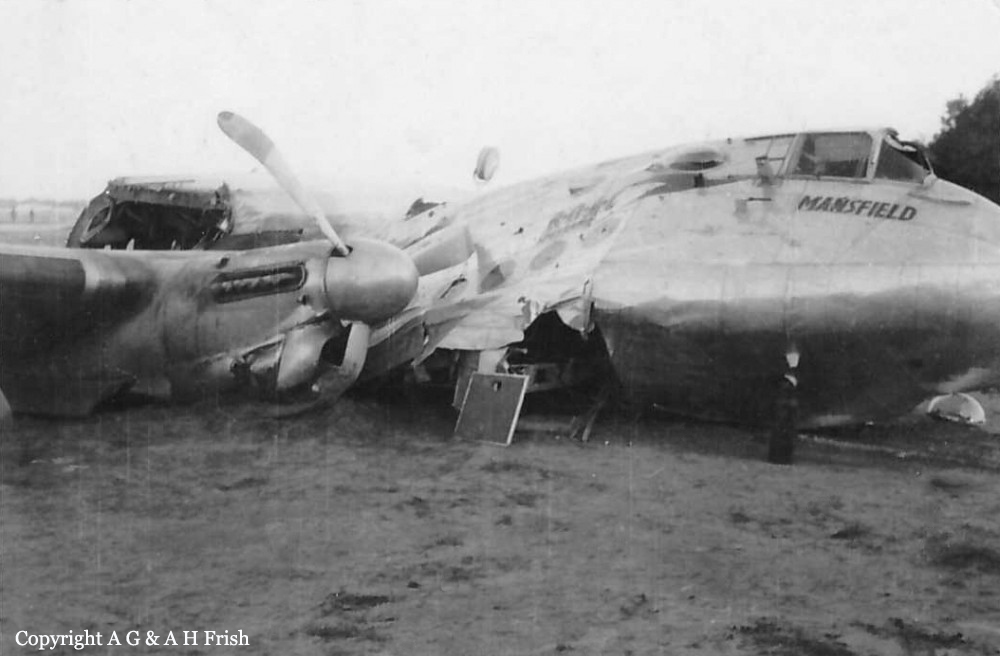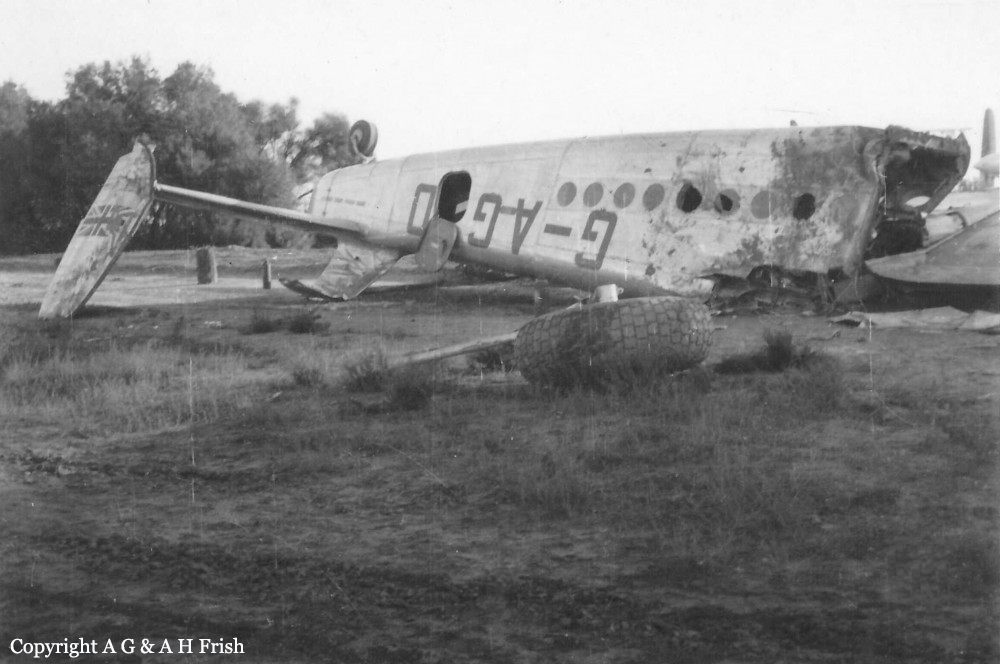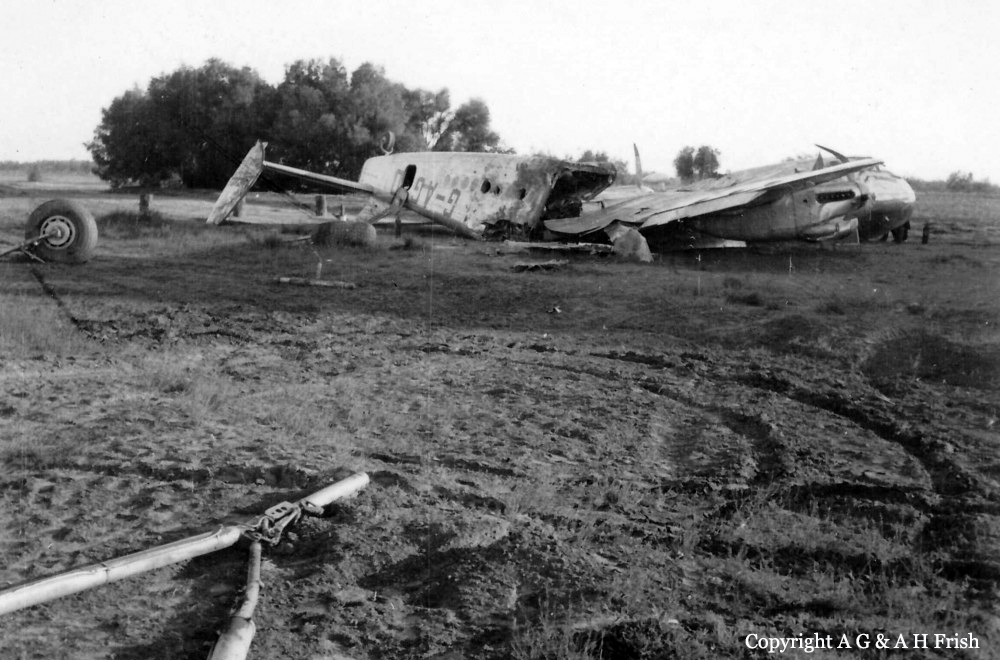Crash of an Avro 689 Tudor 5 in RAF Bovingdon
Date & Time:
Oct 26, 1951
Registration:
G-AKCC
Survivors:
Yes
Schedule:
Castel Benito – Bovingdon
MSN:
1421
YOM:
1947
Crew on board:
3
Crew fatalities:
Pax on board:
4
Pax fatalities:
Other fatalities:
Total fatalities:
0
Circumstances:
While descending to RAF Bovingdon, the crew was informed about the presence of a cloud base at 1,100 feet and decided to continue below this altitude for a visual approach. As the aircraft was not properly aligned with runway 22, the pilot-in-command attempted a go around. Few minutes later, while on a second attempt to land, the aircraft was again not properly aligned with runway 22 and eventually landed on its right side. The airplane rolled for several dozen yards before coming to rest in flames. While all seven occupants were evacuated safely, the aircraft was destroyed by fire.
Probable cause:
It was determined that the pilot-in-command took the decision to continue the approach to runway 22 despite the fact that the aircraft was not properly aligned with runway 22 and failed to take the appropriate action which consisted to attempt a second go around.
